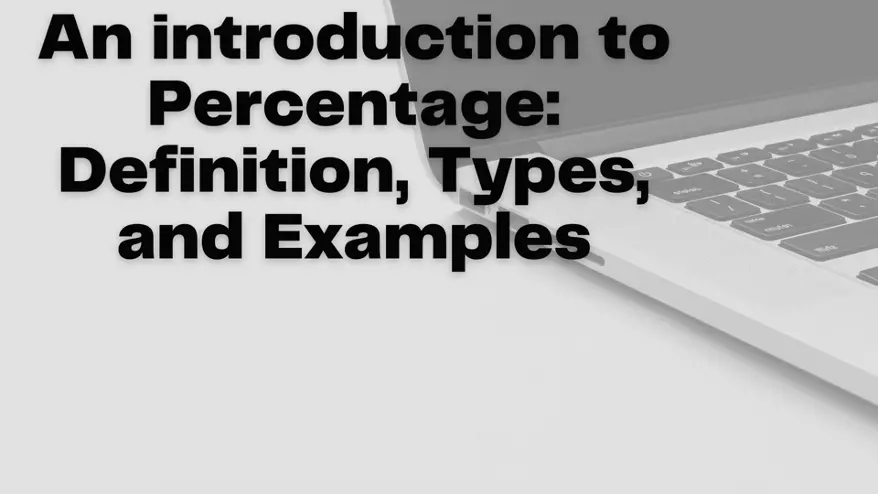Base64 Encode
Free text to Binary converter
Base64 encode
A free online tool to Encode base64.Encode from Base64 format or Decode into it with various advanced options.

Encoding Text Using the Base64 Encoder and Its Examples
Encoding algorithms that convert binary data to text are what makeup Base64. These methods transform binary data into text by encoding it as sequences of 24 bits, each of which is encoded as four digits that make up a Base64 representation of six bits.
The Base64 encoder is quite versatile and supports a wide range of output formats, in addition to a number of different source types. Continue reading to get further knowledge regarding the base64 encoder. The operation is as follows:
Base64 encoding
In the event that you are not familiar with Base64 encoding, it refers to a set of encoding systems that convert binary data to text. Each of these encoding methods transforms binary information into sequences of 24 bits, which are subsequently represented by four numbers from the Base64 code.
As can be seen, the encoding process for huge files, such as movies and music, is simplified as a result. When working with text files, whether for professional or personal purposes, you will almost certainly come across a scenario in which Base64 will be handy.
Base64 decoding
To decode any text using Base64, the first thing you need to do is figure out what the text is composed of. Text that has been encoded is often presented as a continuous string of characters that includes both newline and other whitespace characters.
The system will next do parameter checks, at which point an error notice will be generated in the event that a Base64 encoded value is discovered within a user input parameter. In the event that this error is found, the system will react to the request in accordance with the blocking policy that has been specified for the parameter.
Input using Base64
You may use the base64 command to encrypt or decode data if you have a requirement for either of these functions. It takes data from the usual input as well as files and encodes and decodes that data. The encoded data is examined for any mistakes, while characters that cannot be represented by the alphabet are disregarded.
Utilizing the -d option to retrieve the version and copyright information of the material provides an additional layer of protection against potential threats. The next step is to just run the software once again. After the decoding process is complete, you will have the option to either examine the data or save it to a file.
The output of Base64
In order to decode a text that has been encoded using Base64, you must first pipe the input into the command base64. After that, make use of the same command to decode the Base64 string that was produced. In order to decode the text that was encoded using Base64, you need to do the lookup in reverse order and then extract the following four characters.
After that, you will need to combine the three eight-bit values that are included within each block, utilizing the padding characters as special circumstances. In order to decode a string that has been encoded using Base64, you need to ensure that none of the characters are encoded with the same value as the first one.
An alphabet based on Base64
Textual data may be encoded into a binary representation using the Base64 alphabet. The 65-character subset of the US-ASCII character set is the one used by the base64 format. The first 64 characters are transformed into a sequence of six-bit binary equivalents, while the additional 65-bit character is utilized for padding purposes.
Text that is encoded using this format can result in a message that is around 96 bytes in length while still maintaining its readability. Therefore, the encoder does not need to be concerned with the process of encoding spaces
 English
English
 Bahasa Indonesia
Bahasa Indonesia
 Português
Português










